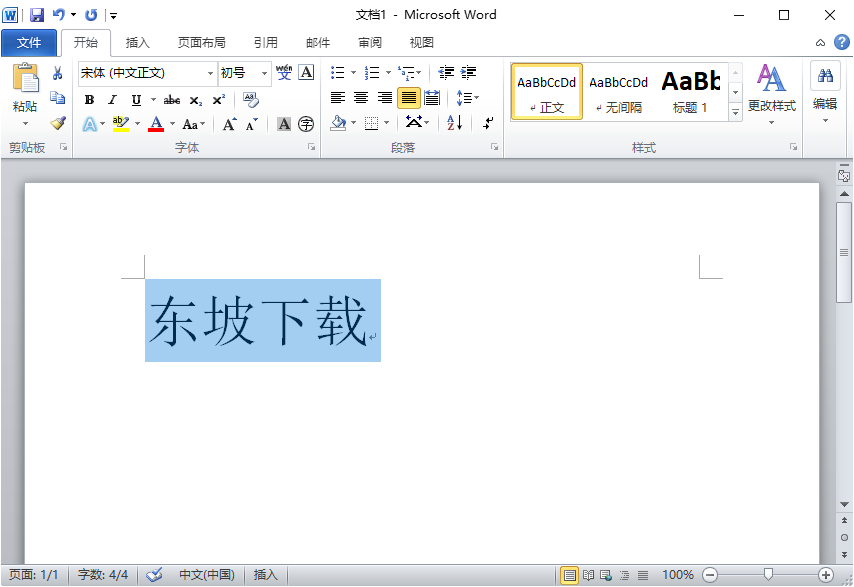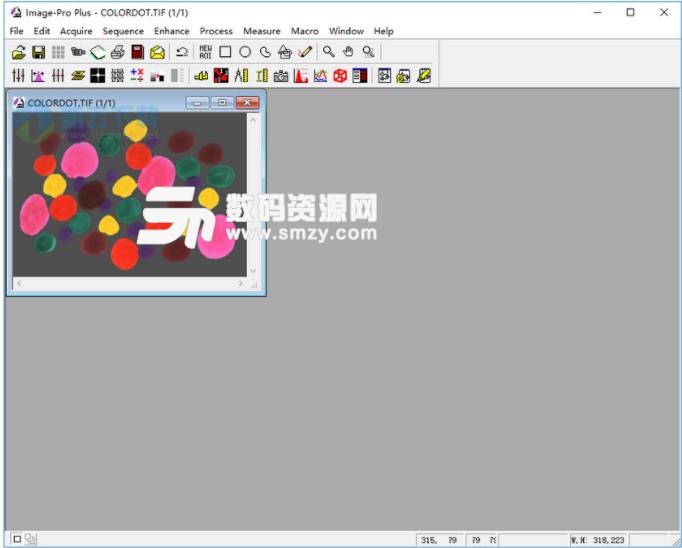
This can be achieved by using different functions for different formats. The first step towards manipulation of images using PHP is loading them into memory as an image resource. You can also visit the requirements and installation pages to learn more about the installation process. If you scroll through the resulting output, you will find something similar to the following. You can also check if GD is installed on your system using the function phpinfo(). If you're using something like XAMPP, you will find the php_gd2.dll file in the directory xampp\php\ext. If you are working on Windows, you can include the php_gd2.dll file as an extension in php.ini. PHP can handle almost all your basic image manipulating needs using the GD library-short for Graphic Draw.

Not only that, but you can also create your own images from scratch and then either save them or serve them to users. For instance, it has the ability to manipulate images. PHP can do much more than just serve HTML to visitors.


As your site design changes, you might need to modify all your images-for example, you might need to convert all your images to grayscale or resize them to 50% of their original size. However, maintaining and manipulating hundreds or thousands of images for your web site can be a headache. The internet would be pretty dull without images.


 0 kommentar(er)
0 kommentar(er)
